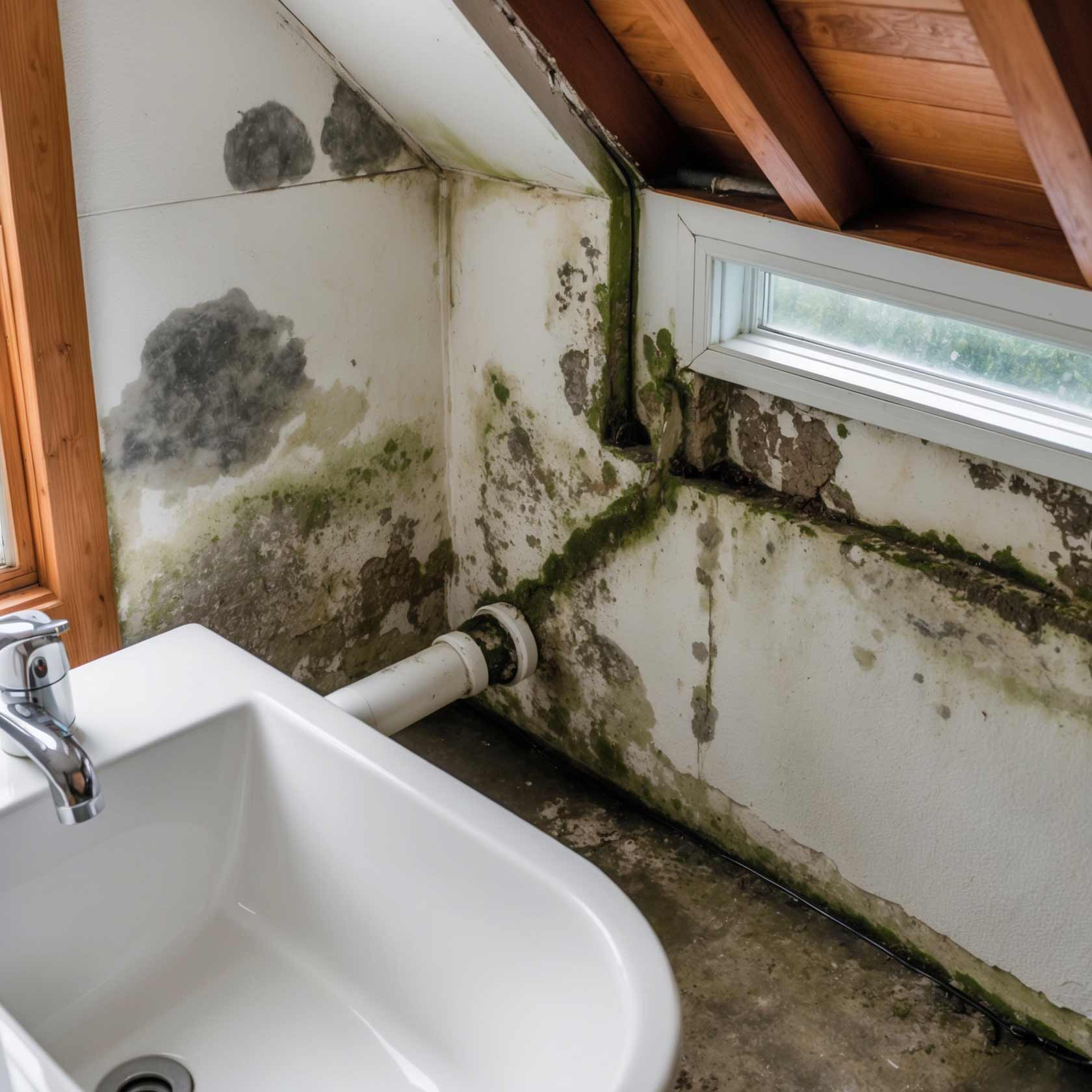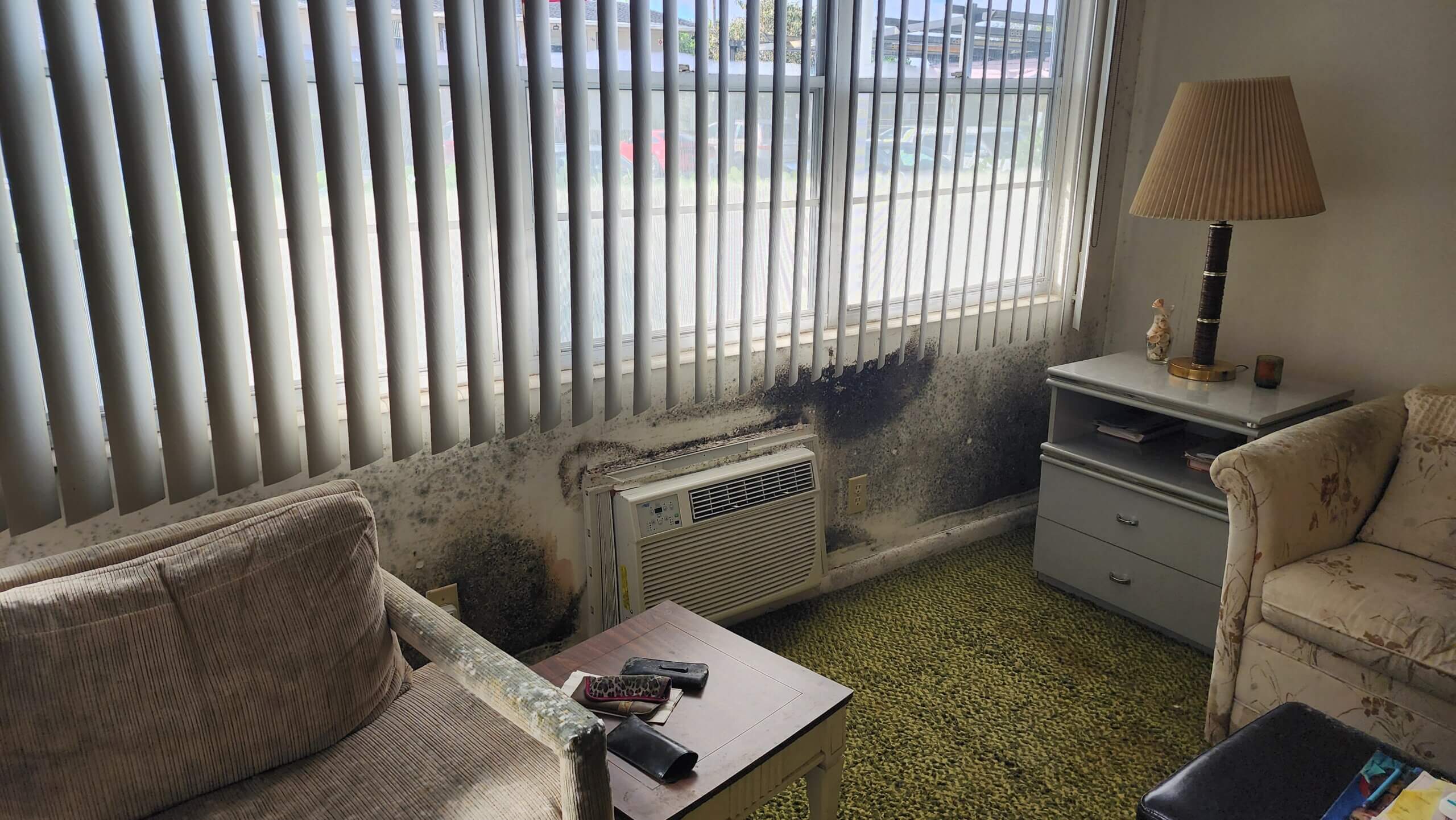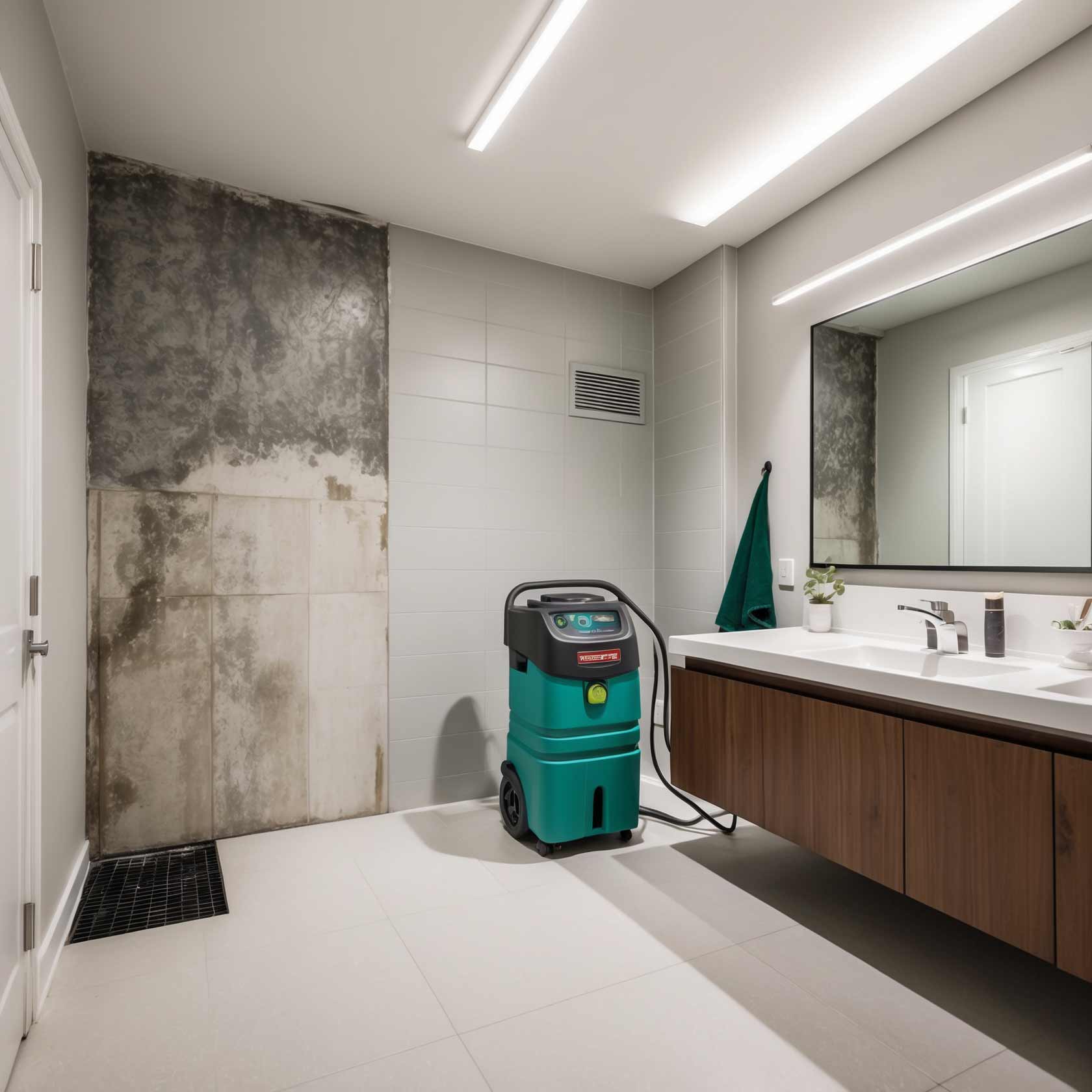Inside a Mold Inspection: What to Expect and How It Protects Your Health and Home
Introduction
When it comes to protecting your home, few things are as crucial as ensuring that the environment is safe and healthy. One of the most insidious threats to both health and property is mold. Understanding how a mold inspection works, what to expect during the process, and how it safeguards your well-being and living space can empower you as a homeowner. This article delves deep into the world of mold inspections—what you need to know, how they operate, and why they should be a priority on your home maintenance checklist.
Understanding Mold: A Threat to Your Home
What is Mold?
Mold is a type of fungus that thrives in damp environments. It reproduces through tiny spores that float in the air and can land on surfaces, leading to growth when conditions are favorable. Mold can appear in various colors, including black, green, white, or orange.
Why is Mold Harmful?
Mold can have serious implications for both health and property. Exposure may lead to respiratory issues, allergic reactions, and even long-term health problems such as asthma or chronic sinusitis. Furthermore, when mold grows unchecked in your home, it can cause structural damage that leads to costly repairs.
Inside a Mold Inspection: What to Expect
The Importance of Mold Inspections
Regular mold inspections are vital for maintaining a healthy home environment. They help identify hidden mold growth before it becomes a significant problem. Catching mold early on can save homeowners thousands of dollars in remediation costs.
When Should You Schedule a Mold Inspection?
It’s advisable to schedule a mold inspection if:
- You notice visible signs of mold.
- You experience unexplained health issues.
- After water damage incidents.
- When buying or selling a home.
How Does a Mold Inspection Work?
Choosing the Right Inspector
Selecting an experienced mold inspector is crucial for an effective assessment. Look for professionals with certifications from recognized organizations like the Institute of Inspection Cleaning and Restoration Certification (IICRC).
Initial Consultation and Assessment
During the initial consultation:
- The inspector will discuss your concerns.
- They will visually assess areas prone to moisture problems such as basements, bathrooms, or kitchens.
Visual Inspection Techniques
Inspectors often use tools like moisture meters or infrared cameras during their visual assessment:
- Moisture meters gauge humidity levels.
- Infrared cameras detect temperature differences indicating moisture accumulation.
Air Quality Testing: What Does It Involve?
Air sampling involves collecting samples of air from various locations within Tip Top Plumbing & Restoration your home. These samples are then sent to laboratories for analysis:
- This testing helps identify airborne spores.
- Results indicate whether further action is necessary.
Surface Sampling Methods
Apart from air quality tests, surface sampling may also be conducted:

Understanding Mold Test Results
Interpreting Your Test Results
Once testing concludes, you'll receive detailed reports outlining findings:


- Presence of different types of molds.
- Concentration levels compared to recommended thresholds.
Next Steps Based on Findings
If tests confirm significant mold presence:
Mold Remediation: What Comes Next?
What is Mold Remediation?
Mold remediation refers to the process employed by professionals to remove mold from your property effectively while preventing future growth.
The Remediation Process Explained
Preventing Future Growth After Remediation
Post-remediation measures are crucial for long-term success:
- Monitor humidity levels with dehumidifiers.
- Ensure proper ventilation in high-moisture areas.
Health Implications: How Does Mold Affect You?
Immediate Health Effects of Mold Exposure
Exposure can lead to various immediate symptoms such as sneezing, coughing, skin irritation, and headaches.
Long-Term Health Risks Associated with Mold
Chronic exposure may result in severe respiratory issues or compromised immune systems over time—even leading to neurological issues in extreme cases.
Frequently Asked Questions About Mold Inspections
- A standard inspection usually lasts between 1–3 hours depending on the size of your home and complexity of assessment needed.
- Generally not; however, if extensive testing occurs or remediation is planned post-inspection, temporary relocation may be necessary.
- Costs vary based on location but typically range from $300–$800 depending on size and scope involved.
- While DIY tests exist (like kits), hiring professionals ensures thorough assessments that identify hidden issues.
- Ignoring signs leads not only to health risks but could potentially escalate into significant structural damages requiring expensive repairs later on.
- Coverage varies significantly by policy; consult your insurance provider for specifics regarding coverage limits related specifically towards inspections/remediations involving molds.
Conclusion
Conducting regular mold inspections plays an essential role in safeguarding both your health and property value over time—especially when considering potential hazards associated with prolonged exposure without proper intervention! By understanding what happens during these inspections—from preliminary consultations through comprehensive testing methods—you'll be better equipped not just recognize possible threats but also manage them effectively before they spiral out-of-control!
In summary: prioritize proactive measures against this hidden menace lurking within our homes because prevention today means peace-of-mind tomorrow! Don't wait until it's too late; consider scheduling that all-important mold inspection soon!
This article provides an overview rich enough for readers seeking detailed information about mold inspections. By following guidelines laid down herein—including conducting thorough assessments regularly—you'll foster healthier living spaces while minimizing risks stemming from hazardous molds effectively!